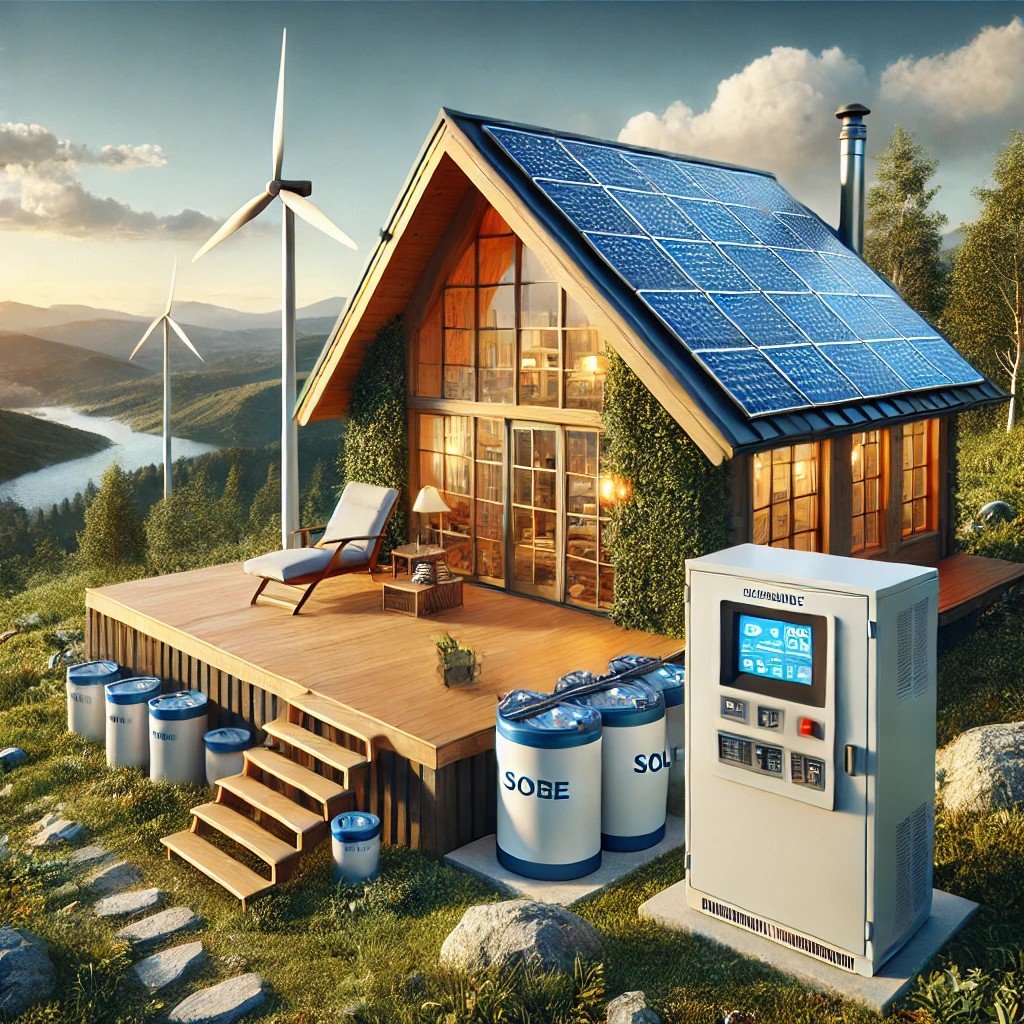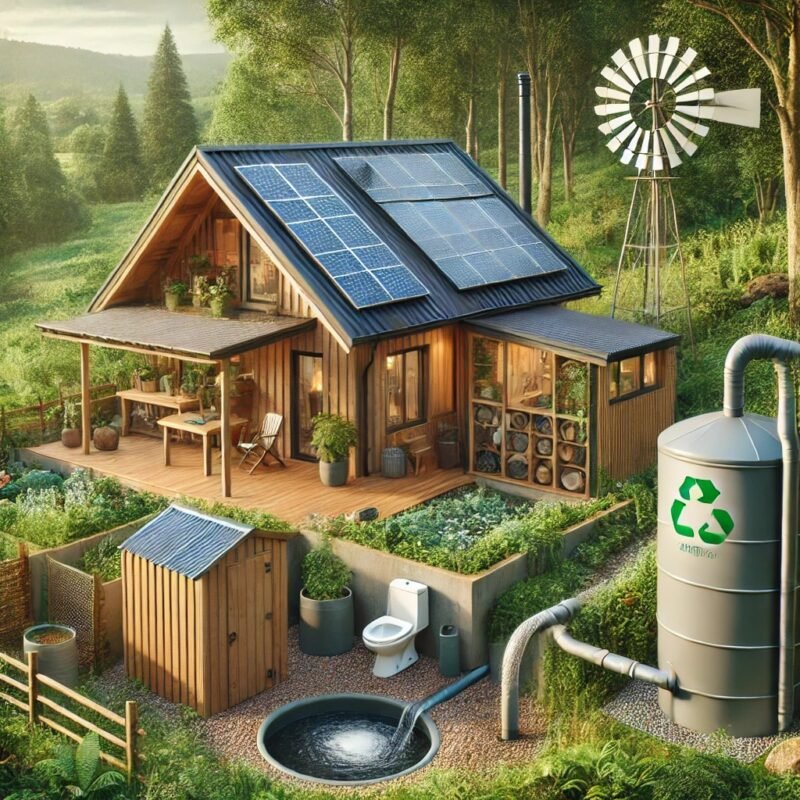Introduction
Living off-grid offers freedom, sustainability, and a deep connection to nature, but it requires careful planning to ensure a self-sufficient lifestyle. Off-grid cabins must be designed to function independently of municipal utilities, relying instead on renewable energy sources, sustainable water management, and efficient waste disposal systems.
In the previous steps of our 9-Step Guide to Designing the Perfect Cabin in the Woods, we laid the foundation for successful cabin construction. Step 1 covered the importance of selecting the perfect location, considering terrain, climate, and accessibility. Step 2 explored different cabin styles, helping align design preferences with environmental needs. Step 3 focused on sustainable construction materials and methods, emphasizing eco-friendly choices for a durable and responsible build. Step 4 addressed space efficiency and layout optimization, ensuring a well-planned and functional interior. Now, in Step 5, we delve into how to make your cabin truly self-sufficient by implementing off-grid power, water, and waste solutions.
Power Solutions: Generating and Storing Renewable Energy

1. Solar Power: The Most Popular Off-Grid Option
Solar energy is one of the most reliable ways to power an off-grid cabin. Photovoltaic (PV) panels convert sunlight into electricity, which is stored in battery banks for use during cloudy days or at night.
For example, a cabin in Arizona might feature rooftop solar panels with a lithium-ion battery system to store excess energy. Solar inverters help regulate the power, ensuring compatibility with appliances and lighting. Modern solar systems also integrate with smart home energy monitors to track consumption and optimize efficiency.
2. Wind Turbines: Harnessing Air Currents for Power
For cabins located in consistently windy regions, small-scale wind turbines can supplement solar energy. A coastal cabin in Scotland, for instance, could benefit from a hybrid system combining wind and solar energy to provide continuous power supply year-round.

